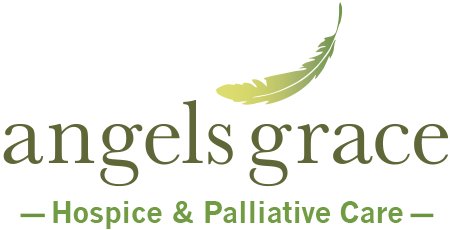Hospice isn’t a place. And hospice care is not just about those who are dying. Hospice is a comprehensive kind of care that focuses on living—it’s about living as fully as possible, surrounded by family and friends, up until the end of life.
Transcript:
Hi, my name is Aracely Rios and I am the clinical director here at Angels Grace Hospice. Today, we’ll talk about some of the myths that surround hospice care. The first myth, a hospice care is only for people giving up on life. Ultimately, that’s not true. Hospice is not about dying. It’s about helping patients live life to the fullest with the time that they have left. Multiple research studies show that those with terminal illnesses who choose hospice often live longer and have a better quality of life than those who seek aggressive or invasive medical care at end of life. Another myth choosing hospice means giving up control. That’s also not true. You’re always in control of the level of care and you make graduate or come off hospice at any time. Patients and their families make the final decision about one to choose hospice or who provides their care.
It is important that we listen first and we coordinate the plan of care with the patient, the family and the physician. Another myth is hospice care is expensive. Hospice is a fully funded Medicare Medicaid benefit unlimited in length and is covered by many private insurance companies. Most plans, cover hospice care, medication, supplies and equipment related to the hospice diagnosis with no out-of-pocket expenses to the patient. The care team includes visits from the nurses, other healthcare professionals, social services, certain therapies and spiritual counseling. Another myth hospice only happens at a hospital or a hospice facility. Hospice is provided anywhere a patient calls home. Often that could be in the patient’s home in the home with a family member. It could also mean a hospice care at a nursing home, assisted living facility, independent living facility, or a hospital. Another hospice myth. Once you decide on hospice, you can’t go back.
Patients can revoke hospice participation at any time. Their medical condition may improve or a patient may decide to pursue curative treatment again. And that’s okay. Patients can reapply for hospice benefits at a later time, if necessary. Another myth, hospice care is only for people with a few days or weeks to live. While hospice certainly helps patients and their families during a medical crisis, the fullest benefit occurs when pain and symptoms are managed and patients have the time to make those personal and spiritual connections. Another hospice myth, hospice care ends with the passing of the patient. Bereavement or grief support is an important part of hospice. At Angels Grace Hospice, we offer families a full year of bereavement support after the death of their family member. Our team is able to help with funeral arrangements and other issues that may arise after death. Another myth, hospice is only for people with cancer. Hospice is for patients of any age with a prognosis of six months to live or less. Diagnosis for hospice admissions may include cancer, dementia, heart disease, lung disease, stroke, or coma. Another myth hospice and palliative care are the same. Both provide comfort care during a serious illness. Hospice only begins after the decision to end treatment for a terminal illness. And when it’s clear that the person will not survive, palliative care can begin at diagnosis and happen at the same time as treatment.


